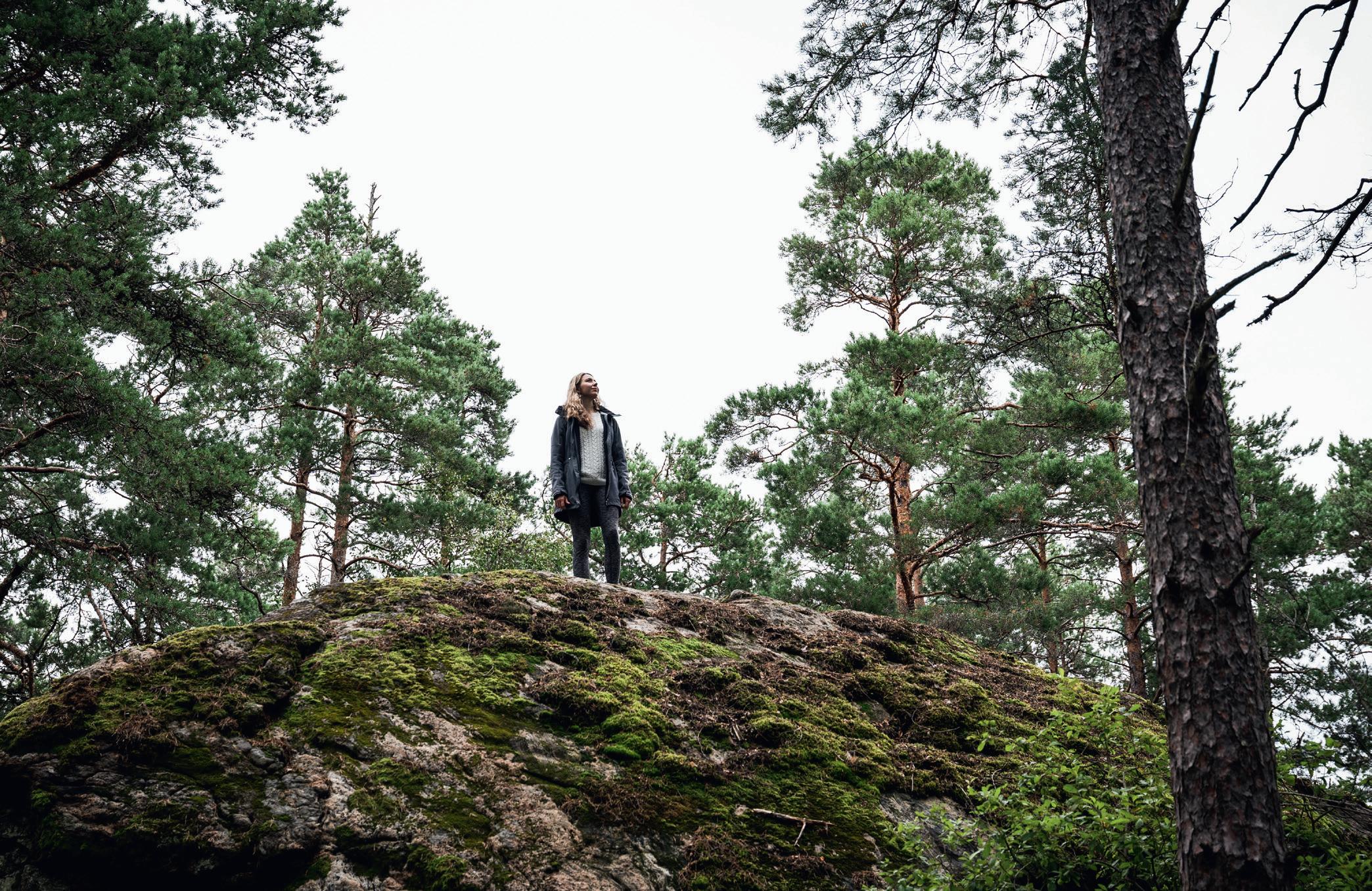
1 minute read
Lahemaa National Park
Lahemaa National Park is located on the southern shore of the Gulf of Finland and covers Estonia’s northernmost capes and islands. This national park is home to the best that Estonian nature has to offer. In the space of 725 square km, you’ll find lush native forests, wetlands stretching to the horizon, and both rocky and sandy beaches.

Though many of the park’s winding roads have been in use since ancient times, there is little human activity in Lahemaa. You will come across small villages here and there, but even at the height of summer, you may find yourself completely alone on the beach.
Walk along the beach, search for skipping stones, or climb the giant boulders along the coast. Lahemaa has the largest deposit of erratic boulders in Europe. These massive rock formations traveled from Finland and Scandinavia to Estonia with the glaciers during the last Ice Age.
Lahemaa is home to many wild animals— moose, wild boar, bears, and lynx. In the valley between Oandu and Altja, beavers are busy at work. Watch birds flying through the forest, and listen for several species of woodpeckers. The northern coast also attracts a large number of migratory birds every year.
Lahemaa is not just a refuge for wild animals and birds but also a place where you can discover the unique cultural heritage of Estonia’s coastal areas. Quaint fishing villages such as Käsmu, Altja, and Viinistu tell the story of Estonians at sea. Check out restored net sheds and centuries-old farmhouses after walking along a beautiful beach.


What to do:
• Go for a hike in Viru Bog—the popular boardwalk leads to an observation tower.
• Visit Baltic German manor houses— Palmse, Sagadi, Vihula, and Kolga.
• Explore the former submarine base in Hara Harbour—rent a SUP board and see what the coast looks like from out at sea.
• Take a boat trip to Mohni Island and pick gooseberries.
• Walk to the northernmost point of mainland Estonia—Purekkari Cape.










